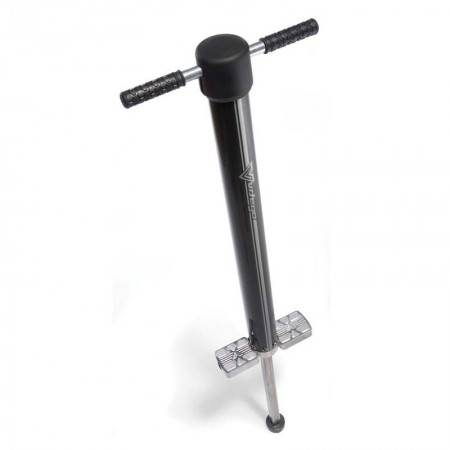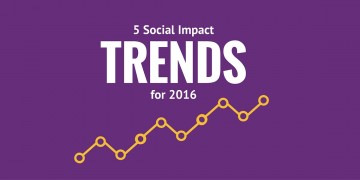The new “Brain Drain”: 5 strategies for adapting to the reality of job hopping

One of the often cited differences in working attitudes between Millennials (Gen Y), Gen X and the Boomer generation is company loyalty. It’s not uncommon to hear of a Boomer who worked their entire career for a single company, but now job hopping is becoming the new norm for Millennials which is creating a different kind of “brain drain”. A recent study showed that those between the age of 18 and 30 change jobs on average every two years. But we shouldn’t single out Millennials as the only ones on the lookout for the next opportunity, a 2014 study showed that globally 85% of professionals are either actively or passively job seeking.
The caution from older generations that job hopping is red flag on a resume is not resonating with the up and coming workforce. Millennials don’t perceive the same risks from job hunting as previous generations, for one starting their own business is a realistic job option that doesn’t depend on a resume. We also know that Millennials are more particular about finding a role that aligns with their values, and are less willing to compromise until they find it.
Job hopping is a new reality, and though frustrating and time consuming for HR departments, companies looking to change an entire generation’s view of their role in the workplace is pointless. Instead, companies need to adapt and get proactive in planning for this new kind of “brain drain”.
1. Succession planning for every level of the organization
Succession planning has traditionally been about planning for the next CEO and loss of other key staff and leadership positions, and more recently about replacing the baby boomer generation. But what if you had an entire department turnover in under a year? Hiring managers will have to revise their views on what it means to lose “key staff” and succession plans will need to be designed for all levels of the organizational chart.
2. Advance recruitment – Develop a roster of future employees
Companies need to be continuously on the hunt for good talent, developing a roster of future employees. Networking events and informational interviews are important. It’s also important to know what your top candidate looks like in advance of the need. This avoids a suboptimal knee jerk hire. Advance recruitment also ensures a company’s messaging is attracting the candidates they want and provides opportunities to course correct before a job vacancy exists. Keeping resumes on file is not enough. Companies should create regular co-op or internship positions as there is no better interview than a four month internship. These roles offer great value to the company, and are a great way of assessing a future employee’s fit for a permanent position.
3. Communicate your company’s impact to existing staff to increase retention
In a multi-generational workforce, a one size fits all retention plan is unlikely to have the desired effects. Retention efforts will need to target the different needs and drivers of job satisfaction at each level of the organization. To keep Millennial employees motivated and loyal, companies will need to do a better job of communicating their impact, mission and values internally. Embedding CSR and purpose into HR practices will be critical for companies interested in retaining top talent.
4. Invest in employee training
Developing appropriate training programs will be important to dealing with the inevitable employee turnover, which must also consider cost effectiveness, because the reality is companies may only be making a two year investment. Companies need to adapt their training practices accordingly. Not providing training isn’t an option. As Richard Branson says, “train people well enough so they can leave, treat them well enough so they don’t want to”. A company should ask itself if there is greater risk in providing training for an employee that leaves, or not providing training to an employee that decides to stay. Consider creating cross-generational mentorship programs for unique knowledge exchanges and lateral promotions to keep Millennial’s interest and to satisfy their advancement desires.
5. Create processes and systems for storing institutional knowledge
With greater employee turnover companies need to think more strategically about where to store institutional knowledge. It’s too risky to store it in the minds of staff, as has been the practice with the Boomer generation. This is a business risk that has come home to roost with the mass exodus of the Boomer generation from the workforce. Companies should consider how record retention is incorporated into training. The Millennial generation is used to searching Youtube, Wikipedia, and Twitter, for the information they need. Companies may not need to train new staff on all the right answers, just where to find the right answers. This approach has the collateral effect of leveraging the entrepreneurial spirit of the Millennial generation.
If you have any tips for dealing with a job hopping workforce, we’d like to hear them.




No Comment